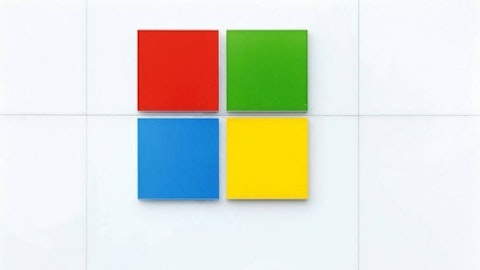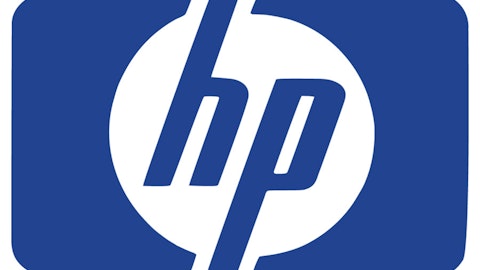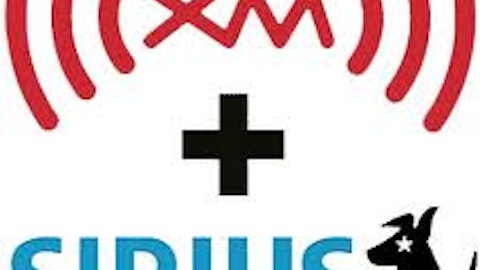There is nothing more frustrating than finding a seemingly attractive young company, only to discover that its shares have already risen 800% in the past seven months. Then again, seeing that stocksubsequently lose half its value in a matter of weeks suggests that perhaps you didn’t miss out on “the next Microsoft” after all.
It has been that kind of roller-coaster ride for investors in UniPixel Inc (NASDAQ:UNXL), which is either widely admired or widely reviled, depending on whom you ask. The company, which has yet to generaterevenue from operations, will eventually make its investors a lot of money or prove to be a spectacular bust, depending on how the next three to six months play out.
The current question: With a 50% haircut, are shares worth your money?
A Game-Changer?
This spring, UniPixel Inc (NASDAQ:UNXL) saw its market value briefly move above $400 million — yet that’s only a fraction of the revenue potential that some saw (and still see) for this company. Uni-Pixel has developed an alternative touch-screen technology that aims to replace the current indium tin oxide (ITO) formulation that is found on many of today’s smartphones and tablets.
ITO has some clear drawbacks, including:
Cost: It is expensive to manufacture, especially in larger screen sizes.
Raw material issues: Indium is a rare earth metal that is often produced as a byproduct of zinc mining. Concerns over China export restrictions of rare earth metals have led the industry to seek alternatives.
Durability: ITO is brittle and breaks easily in the production process, leading to subpar manufacturing yields.
High power consumption: This is due to ITO’s electronic resistance of materials.
To address the shortcomings of ITO, UniPixel Inc (NASDAQ:UNXL) has developed UniBoss, which is a very thin copper mesh layered on both sides of a thin plastic sheet. The copper mesh, which acts as a sensor, comes into contact with a computer chip (known as a touch controller) made by companies such as Texas Instruments Incorporated (NASDAQ:TXN).
According to Uni-Pixel, UniBoss is cheaper to make, consumes less energy than ITO (as copper is more conductive than indium), has fewer breakage issues in manufacturing, and can be made in high volumes on low-cost production equipment. UniBoss is expected to be sold for 20 to 25 cents per square inch, compared with 35 cents a square inch for ITO.
Rising Competition
One of the key challenges of any technology upstart is to win the trust of potential clients. UniPixel Inc (NASDAQ:UNXL), which has yet to generate sales, has lined up impressive partnerships with firms like Texas Instruments Incorporated (NASDAQ:TXN) (pairing UNXL’s copper mesh screens with TI’s touch controller). Yet chipmaker Atmel Corporation (NASDAQ:ATML) looms as a tough rival. Atmel, which has dozens of existing customers, has been developing a technology platform that is similar to Uni-Pixel’s.
Major tech firms might prefer to work with an established vendor with a history of successful product development and production expansion. Firms like Atmel Corporation (NASDAQ:ATML) have built up billion-dollar revenue bases on the trust they have generated over the years by rolling out new technologies.
UniPixel Inc (NASDAQ:UNXL)’s management claims to have developed superior production processes when compared with Atmel’s, though that claim is hard to verify, especially as Atmel Corporation (NASDAQ:ATML) is fairly tight-lipped on the matter. (Atmel allegedly uses a traditional semiconductor approach, with thin-film deposition through photomasking.)
Although Uni-Pixel has three patents and several dozen patents pending, intellectual property in this niche is hard to protect, and potential rivals are likely working on current workarounds. Indeed, one U.K.-based company (and partner of Atmel’s) claims UniPixel Inc (NASDAQ:UNXL) has infringed upon its intellectual property. So while Uni-Pixel’s supporters work up scenarios of huge revenue opportunities, they appear to assume that Uni-Pixel will capture a large share of thismarket. Management’s repeated citation of a $32 billion potential market opportunity in 2018 is nothing short of reckless.






